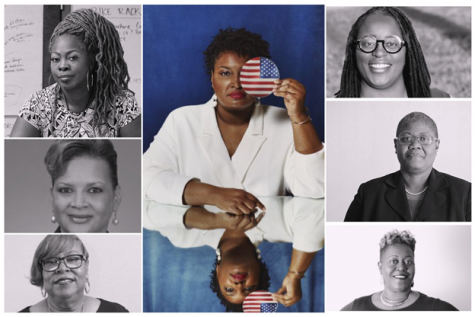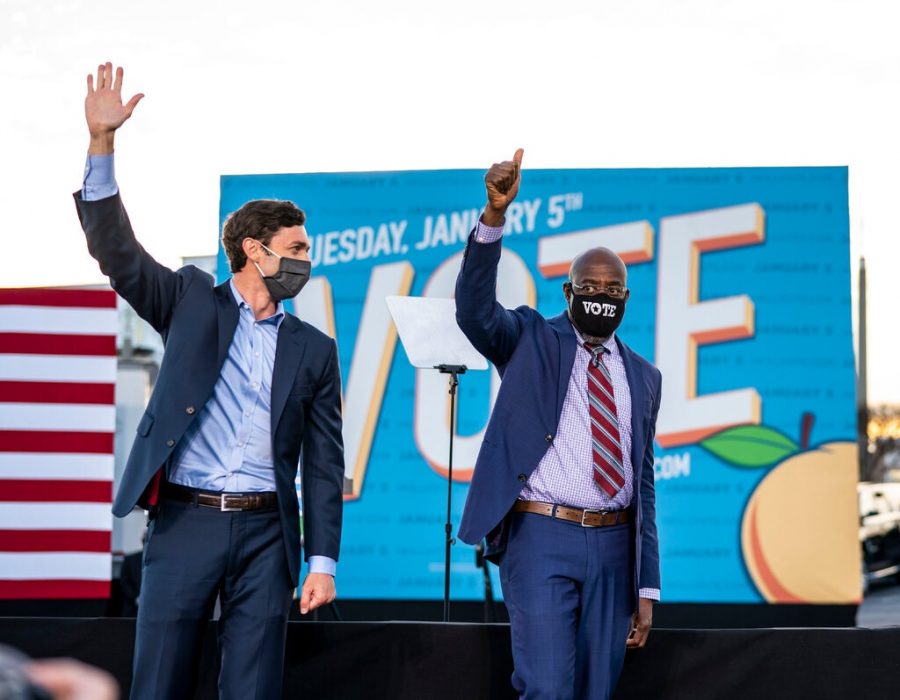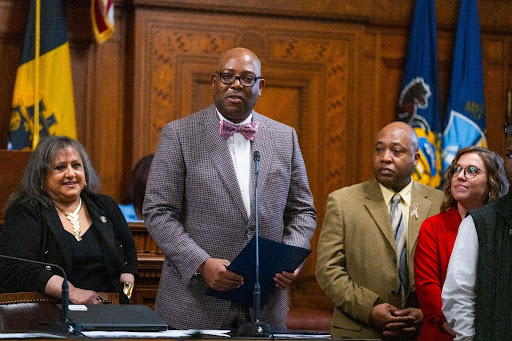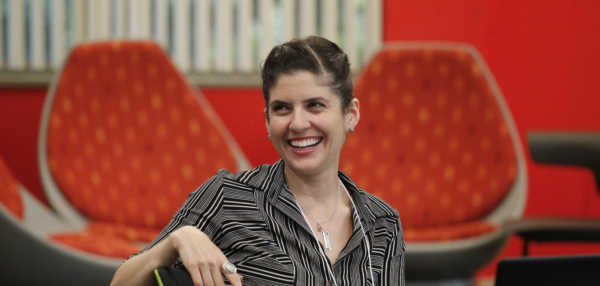The Historic Democratic Victories in Georgia, and the Role Stacey Abrams Campaigned Against Voter Suppression to Make Them Happen
The Georgia runoff elections were a turning point for a state that has been reliably Republican for decades. Shortly after going blue in last year’s presidental election for the first time since 1992, Georgia filled both of its Senate seats with democrats for the first time in two decades—Raphael G. Warnock and Thomas Johnson “Jon” Ossoff. These wins bring the U.S. Senate to a 50-50 split between parties, with Democratic Vice President Kamala Harris acting as tie-breaker.
Senator Warnock’s defeat of Republican Kelly Loeffler makes him the first Black senator Georgia has ever elected. Warnock, a Baptist preacher, has been a longtime civil activist. He has a large focus on environmental activism and leveling the playing field for Black and minority farmers. To quote Warnock: “true justice for Black and Brown communities in Georgia and across the country [must address] historic shortcomings by placing equity and justice at the center of federal climate and environmental policy.” Warnock started the organization Project Green: Sustainable Ebenezer, which involved church congregants with environmental activism. He has been assigned to the Agriculture, Commerce, and Banking committees.
Senator Ossoff, who ran against Republican David Perdue, has previously worked as a documentary film producer and investigative journalist, covering topics such as sexual slavery within ISIS and human trafficking. He stands for strengthening the Affordable Care Act and criminal justice reform, and has also been assigned to the Banking Committee, as well as to the Judiciary, Rules, and Homeland Security Committees.
The election of such promising Democratic candidates is a historic moment for Georgia—but this victory did simply not appear out of the blue. These Democratic victories were powered by the massive voter turnout of Georgia’s Black community, mobilized by activist Stacey Abrams, as well as other notable Black women such as Deborah Scott, Nse Ufot, LaTosha Brown, and many others.
The state of Georgia is a “hotbed for voter suppression,” described journalist Susan Ferriss at the Center for Public Integrity, and this election cycle has proved that this statement could not be truer. The voter suppression tactics used in Georgia to suppress Black votes during the Jim Crow era never went away—there are simply different manifestations of the same issues today. Historically, Georgia has used intimidation tactics and poll taxes to keep Black people out of voting. Today, it uses poll closures, purging voters from registration rolls in the name of fraud prevention, and hefty requirements on voters—such as photo ID and multiple postage payments on mail-in ballots. The Associated Press found that the voter registrations of 54,000 Georgia citizens were held up in 2018—and the majority of them were Black.
Stacey Abrams has acted as one of the most prominent figures in battling Black voter suppression in Georgia to secure these Democratic wins. Throughout her life, Abrams has served for eleven years in the Georgia House of Representatives, seven as the House Minority Leader for the Georgia General Assembly. In 2018, she was the Democratic nominee for her state’s governor. Though she won more votes than any Democratic candidate had done before her in Georgia’s history, voter suppression tactics prevented her from winning the race to her opponent, Brian Kemp.
“Most of us understand voter suppression as the 1960s images of billy clubs and hoses and dogs barking—aggressive interference.” Abrams told NPR. “But in the 21st century, voter suppression looks like administrative errors. It looks like user error. It looks like mistakes. But it is just as intentional and just as insidious.”
After seeing the injustices of Georgia’s voting system, she launched the Fair Fight initiative. Its programs have taken strides in advancing voter protection teams in 20 key battleground states, advancing voting rights, and hiring and training people of color. She is also the founder of the New Georgia Project (NGP), and through these two programs registered more that 80,000 new voters, many being people of color. Abrams has laid the foundations for other red states to inspire a higher Democratic turnout.
“When you’re trying to not only harness demographic changes but leverage low-propensity voters, you cannot simply hope that they’ll hear the message,” Abrams told POLITICO shortly before Election Day. “Your message is to persuade them that voting can actually yield change.”
Deborah Scott, another notable figure in Georgia’s Democratic success, is the executive director for an organization called the Georgia Strategic Alliance for New Directions and Unified Policies, otherwise known as STAND-UP. STAND-UP supports working families with advocacy to increase equity and access opportunity.
Nse Ufot has led a career dedicated to civil, human, and workers rights issues She is the CEO of the New Georgia Project. The NGP was responsible for registering over 50,000 of the new Georgia voters, and offered resources to make voting more accessible, such as rides to poles to those who were unable to transport themselves.
LaTosha Brown is both an esteemed political strategizer and organizer, – as well as a jazz singer. She has spent her life working with nonprofits, and is the co-founder of the Black Votes Matter Fund, as well as the principal owner of TruthSpeaks Consulting Inc., a philanthropy advisory consulting firm based in Atlanta.

For those who are celebrating the Democratic win, it is essential to pay tribute to the figures behind it: the numerous Black women whose efforts were essential in inspiring the steps in a more progressive direction that Georgia is taking.







